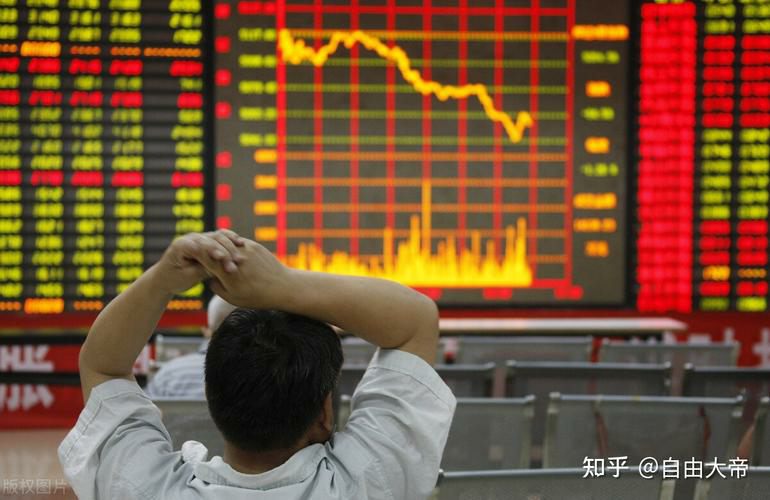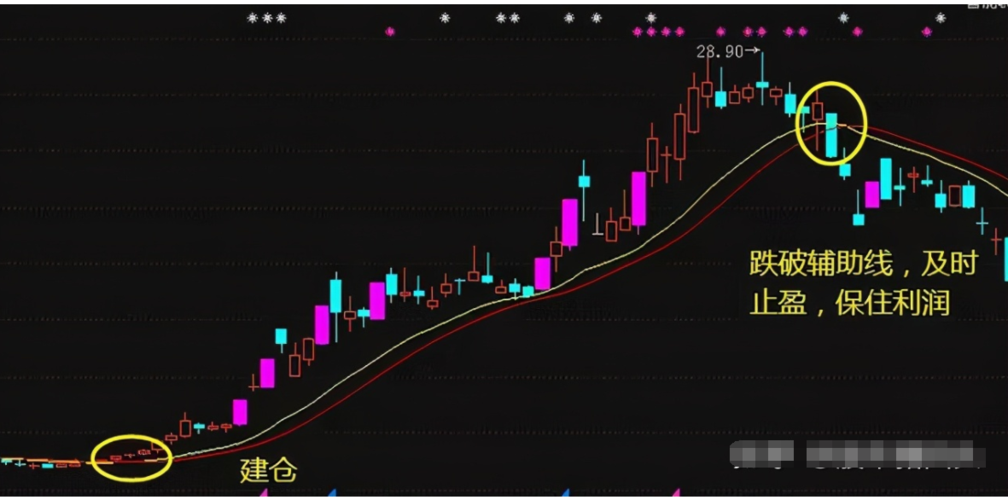The Chinese Stock Market: A Scam or a Strategic Investment?
时间:2023-09-09 04:04:10
导读:本文将探讨中国股市的真实面貌,讨论其是否是一个骗局还是一个战略投资机会。通过分析中国股市的历史、政策和市场特点,以及投资者应该如何评估风险和机会,读者将能够更好地了解中国股市的运作方式,并做出明智的投资决策。

The Chinese stock market has been a topic of debate among investors and analysts for many years. Some view it as a scam, while others see it as a strategic investment opportunity. In this article, we will explore the true nature of the Chinese stock market, discussing whether it is indeed a scam or a viable strategic investment. By analyzing the history, policies, and market characteristics of the Chinese stock market, as well as how investors should evaluate risks and opportunities, readers will gain a better understanding of how the Chinese stock market operates and make informed investment decisions.
History of the Chinese Stock Market:
The Chinese stock market has a relatively short history compared to its Western counterparts. It was established in 1990 and has since experienced significant growth and development. However, it has also faced numerous challenges, including periods of volatility and regulatory issues. Understanding the historical context of the Chinese stock market is crucial in evaluating its potential as a strategic investment.
Policies and Regulations:
The Chinese government plays a significant role in the operation of the stock market through its policies and regulations. These policies can have a profound impact on market performance and investor sentiment. For example, the government's intervention during the 2015 stock market crash raised concerns about the market's stability and transparency. Investors need to be aware of the regulatory environment and its potential implications for their investments.
Market Characteristics:
The Chinese stock market has unique characteristics that differentiate it from other global markets. One notable feature is the dominance of retail investors, who account for a significant portion of trading activities. This can lead to increased volatility and speculative behavior. Additionally, the presence of state-owned enterprises and restrictions on foreign investment can also impact market dynamics. Understanding these market characteristics is essential for investors to navigate the Chinese stock market effectively.
Evaluating Risks and Opportunities:
Investing in the Chinese stock market involves both risks and opportunities. It is crucial for investors to conduct thorough research and analysis before making investment decisions. Factors to consider include the overall economic outlook, industry trends, company fundamentals, and regulatory risks. Diversification and a long-term investment approach can help mitigate risks and capture potential opportunities in the Chinese stock market.
Conclusion:
The Chinese stock market is a complex and dynamic market that offers both risks and opportunities for investors. While some may view it as a scam due to its unique characteristics and occasional regulatory challenges, others see it as a strategic investment opportunity. By understanding the history, policies, and market characteristics of the Chinese stock market, as well as evaluating risks and opportunities, investors can make informed decisions and potentially benefit from this market. However, it is crucial to approach the Chinese stock market with caution and conduct thorough research to mitigate risks and maximize returns.
内容
-
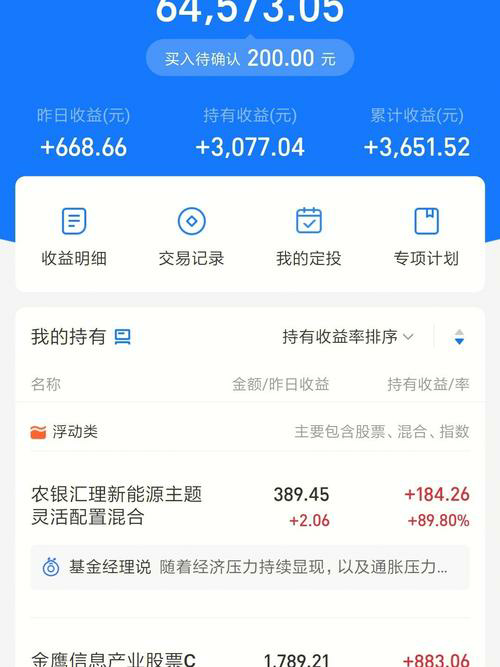 紧急警告!小心陷入炒股内幕交易的陷阱!2023-09-06 21:47:10本文揭示了炒股内幕交易的陷阱,提醒投资者小心被套牢。通过分析内幕交易的定义、特点和影响,以及如何识别和避免陷阱,帮助投资...
紧急警告!小心陷入炒股内幕交易的陷阱!2023-09-06 21:47:10本文揭示了炒股内幕交易的陷阱,提醒投资者小心被套牢。通过分析内幕交易的定义、特点和影响,以及如何识别和避免陷阱,帮助投资... -
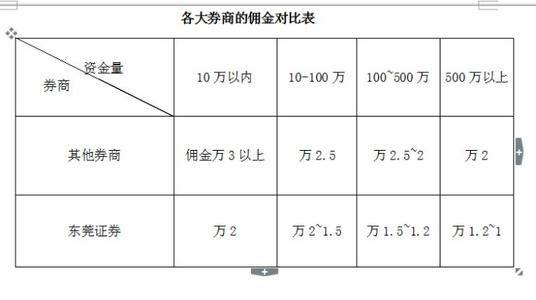 五大股市骗术大公开,保护你的财富安全!2023-09-07 18:06:10本文将揭示五大股市骗术,帮助读者保护自己的财富安全。通过了解这些骗术,读者可以更加警惕,避免成为股市投资的受害者。文章将...
五大股市骗术大公开,保护你的财富安全!2023-09-07 18:06:10本文将揭示五大股市骗术,帮助读者保护自己的财富安全。通过了解这些骗术,读者可以更加警惕,避免成为股市投资的受害者。文章将... -
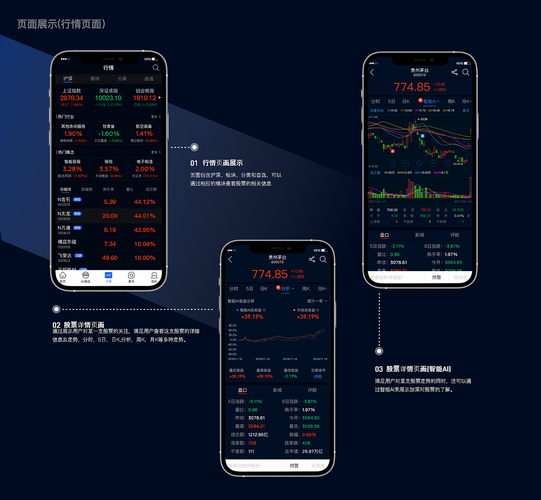 股票内幕消息:投资者应该如何保护自己?2023-09-08 17:13:10本文旨在为投资者提供一份股票内幕消息保护指南,帮助他们了解内幕消息的风险,并提供一些实用的方法来保护自己免受损失。文章将...
股票内幕消息:投资者应该如何保护自己?2023-09-08 17:13:10本文旨在为投资者提供一份股票内幕消息保护指南,帮助他们了解内幕消息的风险,并提供一些实用的方法来保护自己免受损失。文章将... -
 股市真相大揭秘:散户亏损的罪魁祸首原来是这三个!2023-09-12 09:26:10本文揭示了导致散户在股市中亏损的三个主要原因,包括投资心态不稳定、风险控制不当以及市场操纵等。通过深入分析每个原因的具体...
股市真相大揭秘:散户亏损的罪魁祸首原来是这三个!2023-09-12 09:26:10本文揭示了导致散户在股市中亏损的三个主要原因,包括投资心态不稳定、风险控制不当以及市场操纵等。通过深入分析每个原因的具体... -
 股市黑嘴股的伎俩:揭秘真相与谎言!2023-09-07 08:08:10本文将深入探讨股市黑嘴股的伎俩,揭示其中的真相与谎言。通过分析黑嘴股的运作方式,揭示其对投资者的影响和风险。同时,本文还...
股市黑嘴股的伎俩:揭秘真相与谎言!2023-09-07 08:08:10本文将深入探讨股市黑嘴股的伎俩,揭示其中的真相与谎言。通过分析黑嘴股的运作方式,揭示其对投资者的影响和风险。同时,本文还... -
